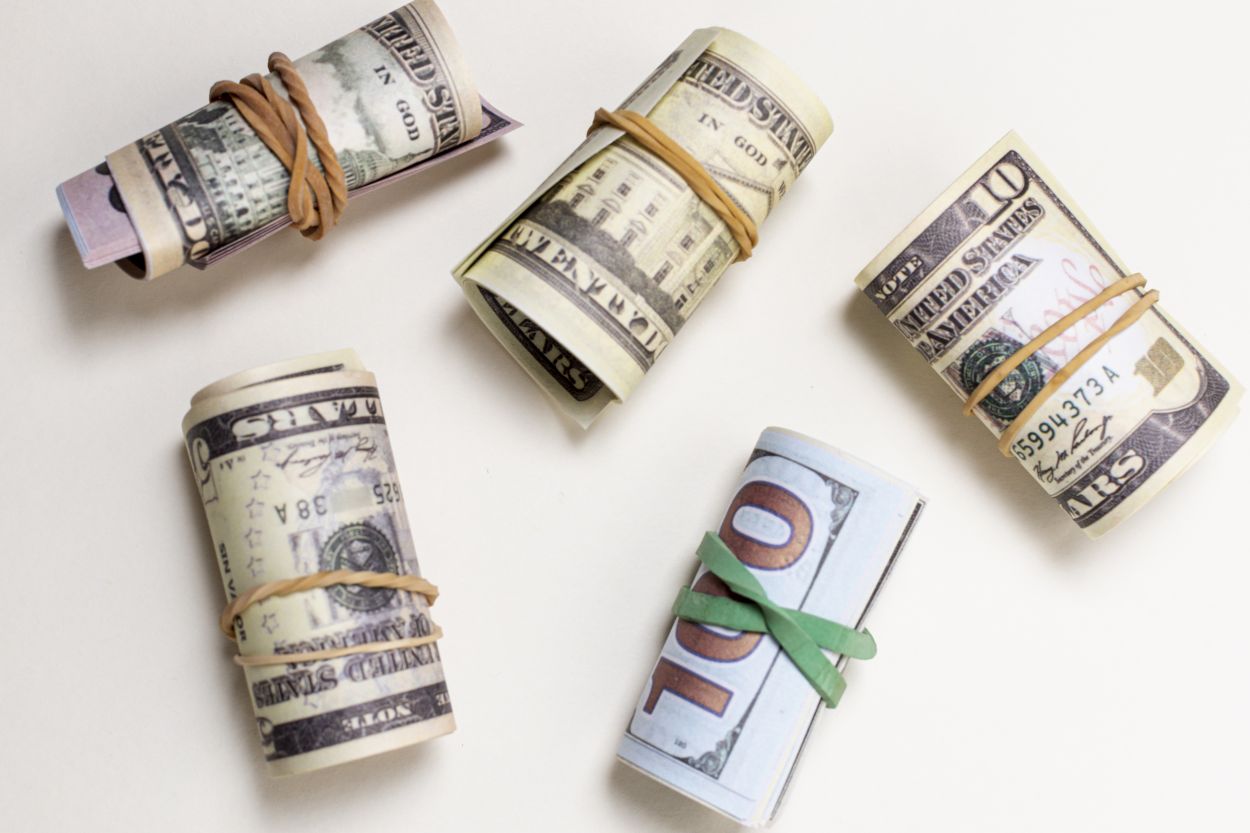The yen weakened to its lowest level since 1998, with USDJPY breaking through the 1 0 mark. For the week, the pair gained 1.9%. In times of economic uncertainty, traders typically expect the yen to strengthen above safe-haven flows. The yen is no longer a safe haven? There is much more to pictures. And this can help us understand if there is an upcoming correction or the trend will continue. Motivation In the short term, dollar strengthens ahead of NFP data. Indeed, traders are betting on strong jobs data, well above the „normal” rate of 200,000 seen before the pandemic. Given the rapid pace of job growth, the Fed will have room to continue raising, pushing yields even higher. So from there, we can see a potential source of a short-term correction: if the NFP numbers disappoint. After last month’s soaring numbers, investors can be a bit optimistic about the pace of job creation, which means that even if the numbers come in as expected, it could put many speculators out of business. more hopeful. Overview Short-term dynamics are an example of the effects of the long-term situation. The main difference between the two safe-haven currencies, broadly speaking, is the difference in monetary policy. The United States faces high inflation, prompting the Fed to raise interest rates. Japan has relatively low inflation (although it recently surpassed target) and the rate remains negative. With the Fed pursuing an aggressive bullish policy, the yield spread has widened, making it attractive to the Yen. The upside is that Japan starts experiencing inflation and forces the BOJ to start easing. A weakening yen leads to higher import prices, which implies inflationary pressures. However, the global slowdown could also lead to lower retail sales in Japan, thus mitigating inflationary pressures. As a result, the BOJ may move away from other central banks desperate to fight inflation and instead work to spur economic growth. It’s all about expectations One lingering question could be: Sure, the Fed is raising rates, but inflation is much higher than interest rates. Doesn’t that mean a real negative rate? Yes, that’s true. However, the inflation we are seeing now is a thing of the past. It compares current prices with prices a year ago. What matters to investors is the level of inflation expected in the near term. The Fed’s tightening implies that inflation needs to be kept under control, meaning that US bondholders will benefit from higher interest rates and lower inflation. This means that futures yield expectations remain positive – or at least better than what traders can expect to get from yen bonds. With the BOJ on a dovish momentum, inflation is expected to pick up significantly before rates rise. This means that there is more inflation risk in a Japan that is not actively fighting inflation than in the United States, which is actively trying to lower prices. It’s not that the yen isn’t a safe-haven, it’s that the US has veered more towards providing better rates of return on fixed-income securities.
